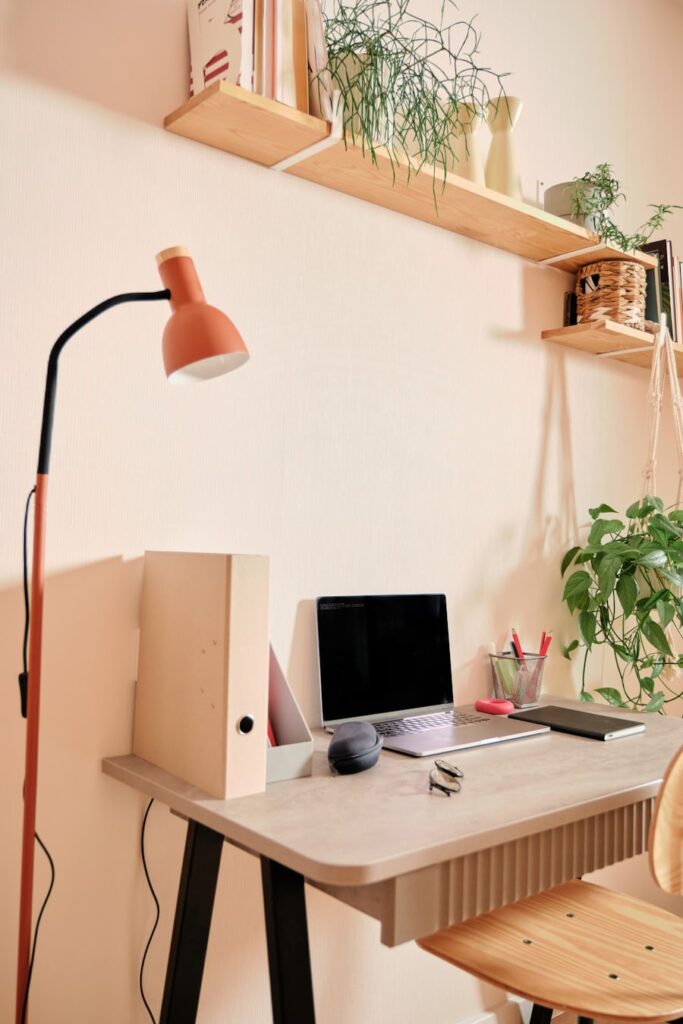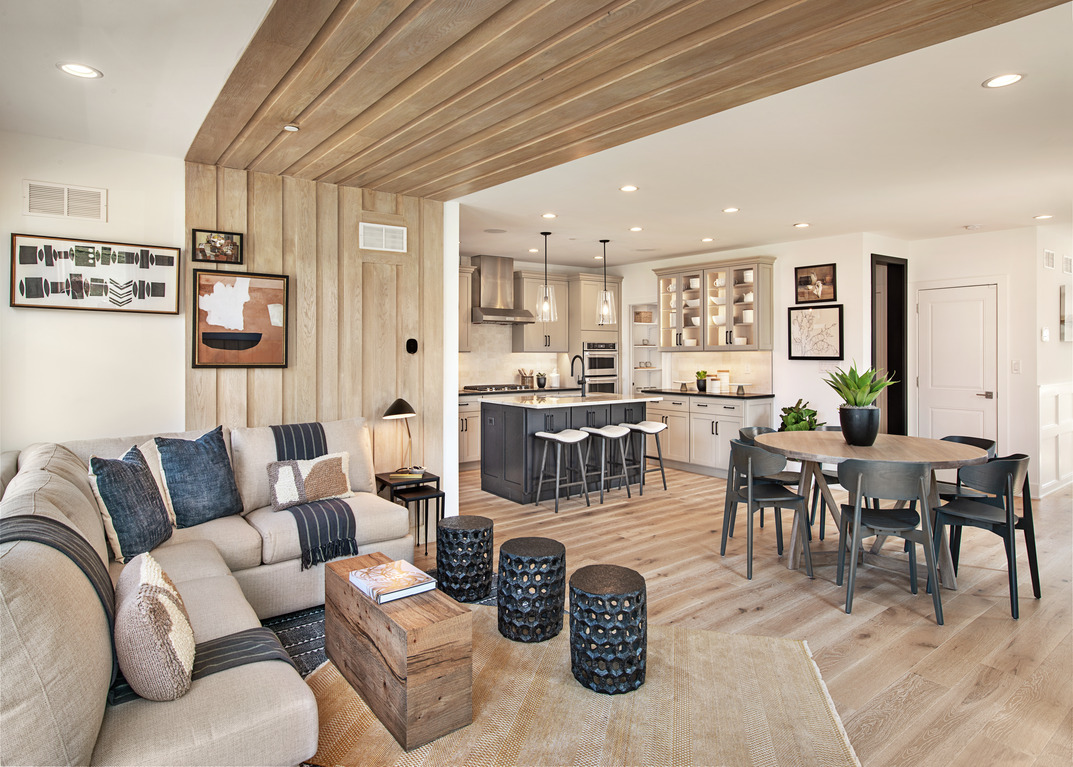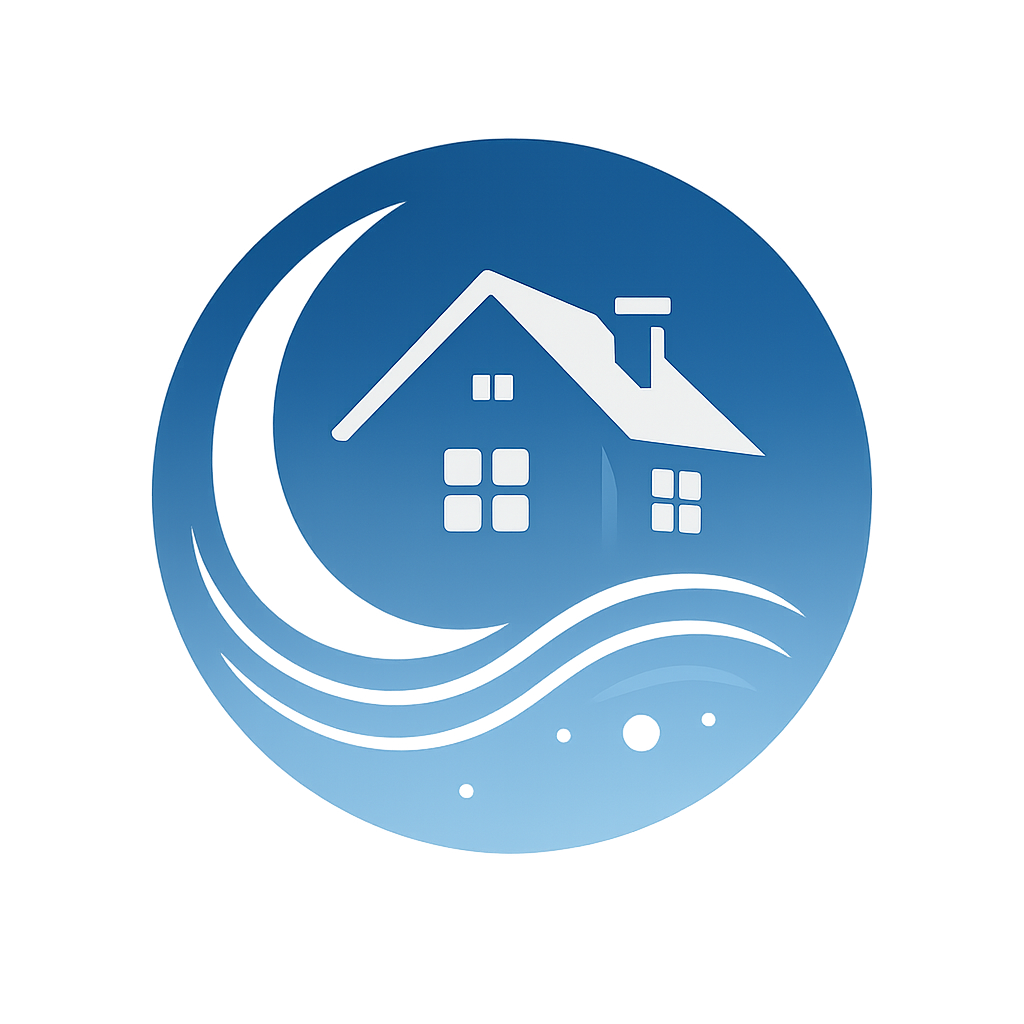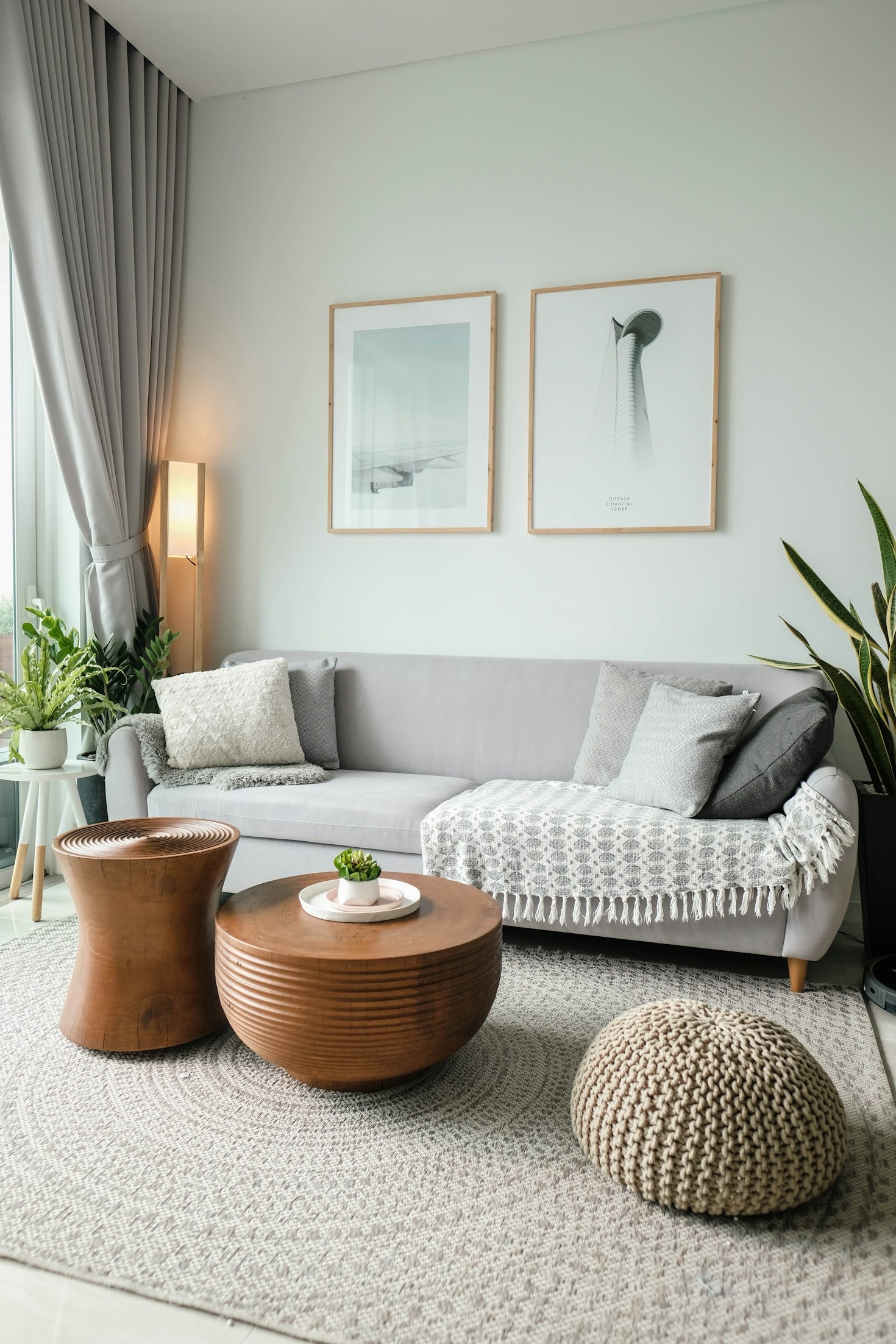In today’s fast-paced world, mental clarity has become a precious commodity. With endless notifications, overwhelming to-do lists, and constant information bombardment, it can be difficult to maintain focus and feel at ease. However, the spaces and tools we interact with daily have the power to either add to the chaos or help us find calm. Thoughtful design can play a transformative role in fostering mental clarity, enabling us to feel more organized, productive, and at peace.

The Connection Between Design and Mental Clarity
Design is not just about aesthetics – it’s about functionality, psychology, and the impact our environment has on our well-being. Cluttered spaces, poorly designed interfaces, or visually overwhelming materials can lead to mental clutter, increasing stress and reducing focus. On the other hand, clean, intentional design can create a sense of order, inspire confidence, and promote a state of flow.
Minimalism, for example, is a design philosophy that directly contributes to mental clarity. By removing unnecessary elements and focusing on what truly matters, minimalism helps eliminate distractions and allows us to concentrate on what’s important. Whether applied to physical spaces, digital interfaces, or even personal schedules, this principle can have a profound effect on our mental state.
Designing for a Clear Mind
Here are practical ways design can foster mental clarity:
1. Declutter Your Environment
Cluttered spaces can lead to a cluttered mind. Organize your home, workspace, or digital devices with intentionality. Use storage solutions to keep surfaces clean, and adopt a “less is more” mindset. A tidy environment can reduce stress and enhance focus.
2. Incorporate Calming Colors
Color psychology plays a significant role in influencing emotions and mental states. Soft, neutral tones like whites, beiges, and greys can create a sense of calm, while blues and greens are known to promote relaxation and focus. Avoid overly bright or chaotic color schemes that may feel overstimulating.

3. Prioritize Functionality
Good design prioritizes usability. Whether it’s a website, a calendar app, or a piece of furniture, the design should make tasks easier, not harder. A functional design minimizes friction and allows you to complete tasks efficiently, leaving more mental bandwidth for creative or meaningful work.
4. Embrace Natural Elements
Bringing elements of nature into your space can have a grounding effect. Incorporate plants, natural light, and organic materials like wood or stone to create a soothing atmosphere. Studies have shown that exposure to nature-inspired design can reduce stress and improve concentration.

5. Simplify Visual Hierarchy
In digital or graphic design, a clear visual hierarchy helps users process information more easily. Use consistent typography, ample white space, and logical layouts to guide the eye and prevent cognitive overload. This principle applies not just to digital designs but also to how you organize physical spaces or even plan your day.
6. Create Dedicated Zones
In both physical and digital spaces, creating zones for specific purposes can help you stay focused. For example, designate a quiet corner for reading or meditation, or organize your desktop files into clear categories. This compartmentalization can improve mental clarity by reducing decision fatigue.

The Impact of Thoughtful Design
When we intentionally design our surroundings, tools, and routines, we set the stage for greater mental clarity. Thoughtful design reminds us that our environments have the power to shape our thoughts, emotions, and actions. Whether it’s through simplifying a workspace, curating a calming digital experience, or choosing a layout that promotes focus, these small changes can lead to profound shifts in how we think and feel.
By fostering mental clarity through design, we’re not just creating functional or beautiful spaces – we’re creating spaces that support our well-being and empower us to live with greater purpose and intention.
Take a moment to look around your environment. What changes can you make today to design for a clearer, calmer mind?



